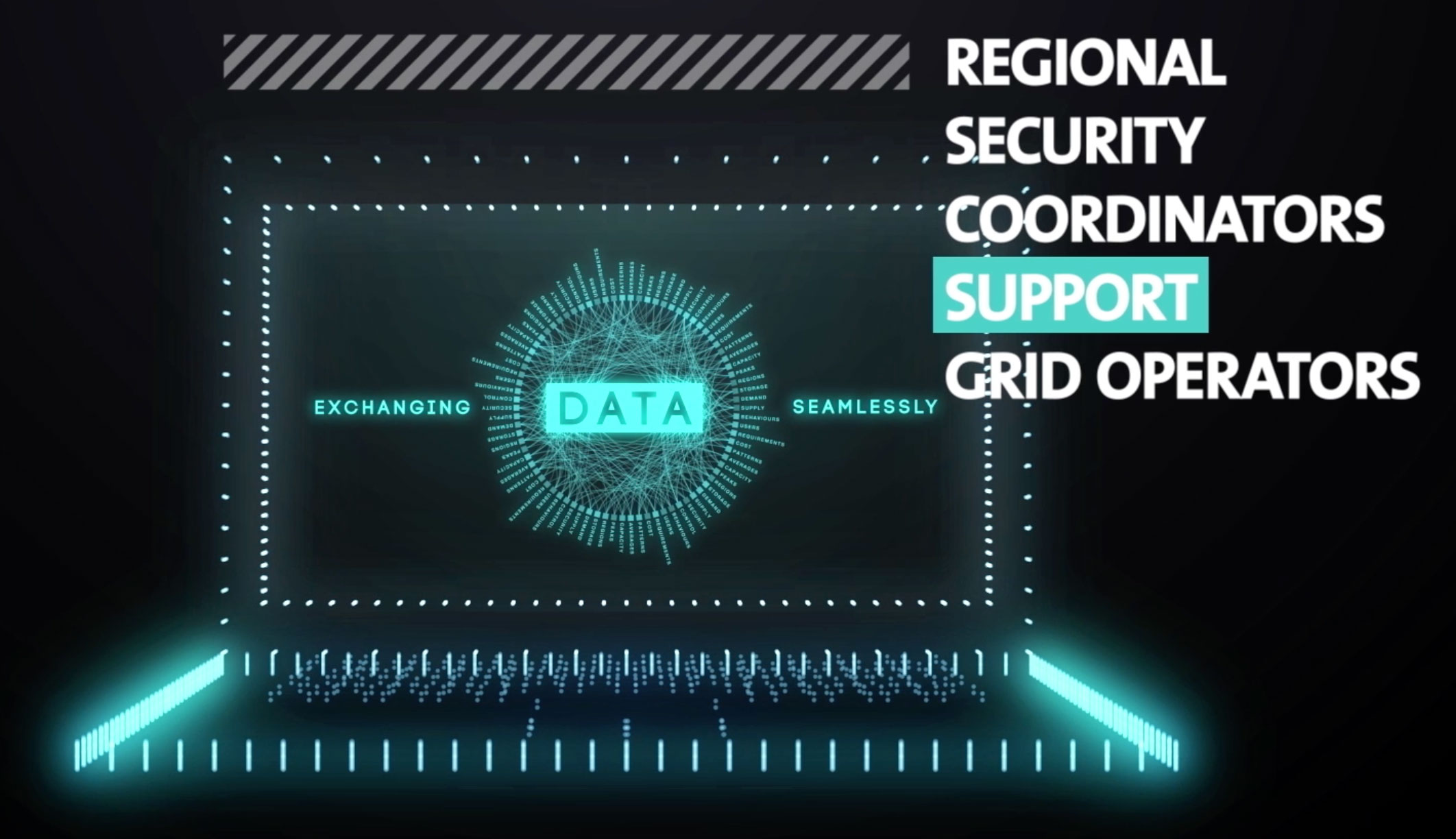Interconnected Europe
European countries are connected with one another for decades now and transmission system operators have been working in regions since the 1950s. Indeed, there is no way to stop electrons at the border. Managing one’s grid means coordinating actions with your neighbours.
Interconnections have been growing together with more variability of power flows. The regional coordination of transmission system operators has grown with the European energy transition. In the future, more coordination will take place notably to accompany the 4th industrial revolutions around digitisation.
History of regional cooperation
Regional Coordination Centres to become operational as per the revised Electricity Regulation
Former Associations
Voluntary

Meet The Regional Security Coordinators Centers and Regional Security Coordinators
Roles and Decision making
Decisions are made every step of the way, find out who does what and when.
What’s the role of the TSO?
TSOs are responsible for security of supply in their area. In order to do this they plan decades ahead (the 10-year network development plan at national and European level) how the grid will need to evolve depending on the big trends in the power system (more decentralisation, more renewables, storage, greater role for markets…). 5 to 10 years in advance they assess whether the system is fit to cover demand always (system adequacy assessment at national but also European level (ERAA)).
From a year in advance to real time, TSOs run a continuous series of calculations and adapt their assumptions constantly to new issues arising on their grid but also that of their neighbours.
The TSOs are taking decisions all the way through which all impact on what happens when the electricity is sent on the grid – dispatch or real time. If something happens that endangers security of supply, TSOs must react with seconds or even faster as electricity travels at the speed of light.
If despite their efforts, there is an incident, it is easy to trace back where the problem came from, fix it and give compensation to the affected grid users.
Long term
-1 year or moreOperational planning
-1 year to -1 hourReal time
1 hour to RTWhat services does an RCC/RSC offer?
RCCs/RSCs intervene from one year ahead to one hour before dispatch. They run calculations and make recommendations that TSOs in the clear majority of cases follow but as situations can evolve very fast in a power system, TSOs can deviate from those recommendations to keep the lights on.
In the multilateral agreement that ENTSO-E members have all signed, RCCs/RSCs must carry out five services:
- Security analysis
- Capacity calculation
- Outage coordination
- Adequacy forecast
- Common grid model

In performing their tasks under Union law, regional coordination centres shall act independently of individual national interests and independently of the interests of transmission system operators.
Regional coordination centres shall be equipped with all human, technical, physical and financial resources necessary for fulfilling their obligations under the Electricity Regulation and carrying out their tasks independently and impartially.

What's the role of ENTSO-E?
The multilateral agreement and system operation guideline give ENTSO-E the role to support the TSOs and their regional strategy. They do so by providing IT tools and systems such as the common grid model which allow TSOs to improve their operational planning at regional and pan European level but also by communication on the RSCs and the TSOs roles.
 ENTSO-E
ENTSO-E





